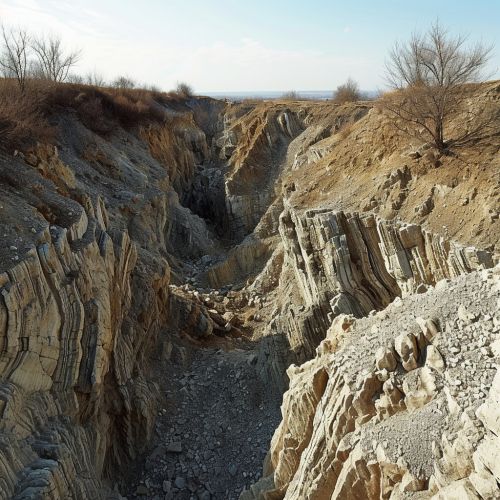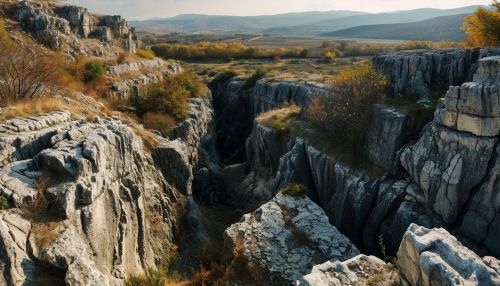Geology of serbia
Introduction
The geology of Serbia is a complex and varied subject, encompassing a wide range of geological periods, structures, and processes. The country's geological history has been shaped by a variety of tectonic forces, resulting in a diverse array of geological features and mineral resources. This article will delve into the intricate details of Serbia's geology, from its ancient beginnings to its present-day geological landscape.


Geological History
Serbia's geological history spans several billion years, with the oldest rocks in the country dating back to the Precambrian era. These ancient rocks, primarily composed of gneiss and schist, provide a window into the early geological history of the Earth.
During the Paleozoic era, Serbia was part of the supercontinent Pangaea, and its geology was shaped by a variety of processes, including sedimentation, volcanic activity, and tectonic movements. The country's Paleozoic rocks are primarily composed of limestone, dolomite, and sandstone, and are rich in fossils, providing valuable insights into the ancient environments and life forms of this era.
The Mesozoic era was a time of significant geological change in Serbia, with the breakup of Pangaea leading to the formation of the Tethys Ocean. This resulted in the deposition of a variety of marine sediments, including limestone, dolomite, and marl, which now form some of the country's most prominent geological features.
The Cenozoic era saw the continued evolution of Serbia's geology, with the uplift of the Dinaric Alps and the formation of the Pannonian Basin. These processes have shaped the country's modern landscape and have resulted in the formation of a variety of geological features, including mountains, valleys, and basins.
Tectonic Framework
Serbia's geology is strongly influenced by its tectonic framework. The country is located at the junction of several major tectonic units, including the Eurasian, African, and Adriatic plates. These tectonic forces have shaped the country's geology, leading to the formation of a variety of geological structures, including mountains, basins, and fault lines.
The Dinaric Alps, which extend along the western edge of the country, are a result of the collision between the Eurasian and Adriatic plates. This tectonic activity has resulted in the uplift of a range of mountains, which are composed primarily of limestone and dolomite.
The Pannonian Basin, located in the northern part of the country, is a large sedimentary basin that was formed as a result of the extension and subsidence of the Earth's crust. The basin is filled with a variety of sediments, including clays, sands, and gravels, which have been deposited over millions of years.
Mineral Resources
Serbia is rich in a variety of mineral resources, which have played a significant role in the country's economic development. These resources include coal, oil, gas, copper, lead, zinc, antimony, chromite, gold, silver, bauxite, limestone, gypsum, kaolin, and more.
The country's coal resources are primarily located in the Kolubara and Kostolac basins, which are part of the larger Pannonian Basin. These coal deposits are of Tertiary age and are primarily composed of lignite and sub-bituminous coal.
Serbia's oil and gas resources are also located in the Pannonian Basin, with the majority of the country's oil and gas fields located in the Vojvodina region. These hydrocarbon resources are primarily of Neogene age and are found in a variety of geological structures, including anticlines, fault blocks, and stratigraphic traps.
The country's metallic mineral resources are primarily located in the Serbian Carpathians and the Timok Magmatic Complex. These areas are rich in a variety of metals, including copper, lead, zinc, gold, and silver, and have been the site of extensive mining activity.
